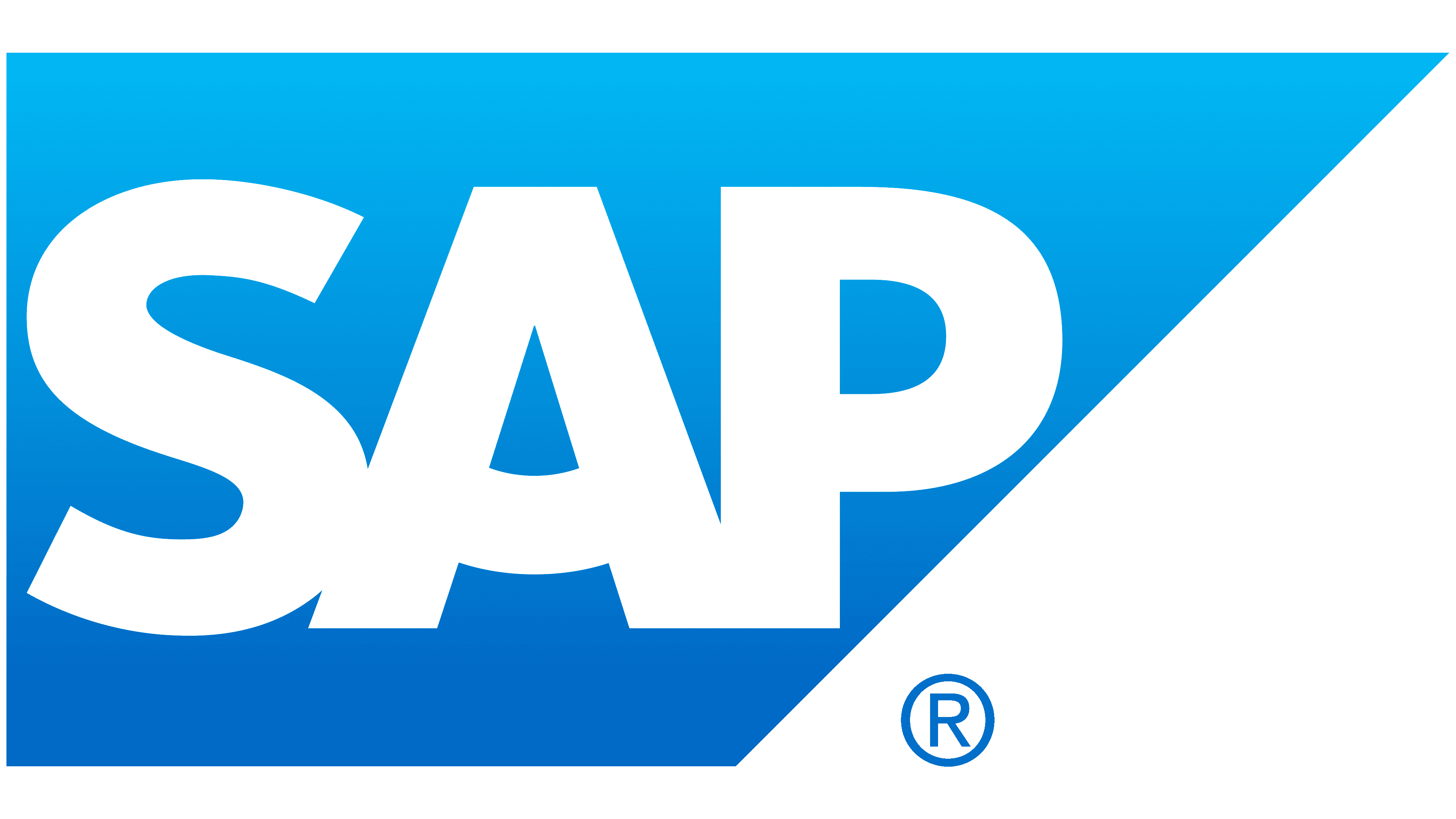SAP Logo
SAP, a global software corporation, specializes in creating software to manage business operations and customer relations. Headquartered in Germany, it operates across diverse markets, focusing on technological innovation and digital transformation. Its offerings span from ERP solutions to analytics and cloud services. The company is publicly listed, with shares distributed among institutional, private, and internal shareholders. The organizational commitment revolves around fostering digital integration and operational efficiency for enterprises, driving advancements in the evolving business technology landscape.
Meaning and history
SAP, established in 1972 by five former IBM employees in Mannheim, Germany, has evolved immensely. Initially conceived to produce software allowing businesses to process data in real-time, it propelled itself into a multinational corporation, focusing on enterprise software solutions. It launched its first commercial product, SAP R/1, in 1973, marking the inception of a series of innovations in enterprise resource planning (ERP).
Through acquisitions, SAP broadened its product portfolio and market presence. It acquired Business Objects in 2007, Sybase in 2010, and SuccessFactors in 2012, intensifying its focus on analytics, mobile, and cloud computing. In 2018, SAP acquired Qualtrics, marking a significant stride in the experience management space.
Throughout its journey, SAP has undergone several transformations, continually adapting its business model and product portfolio to meet the ever-evolving market demands. Its emphasis on innovation and diversification, coupled with strategic acquisitions, has fortified its stature as a leader in the realm of business software applications. Today, SAP’s shares are publicly traded, with ownership dispersed among varied shareholders, reflecting its journey from a small, visionary start-up to a globally recognized enterprise solution provider.
2000 – 2011
Stepping into the new millennium, the software creating entity, SAP, rejuvenated its brand emblem. The renewed symbol was represented by the crisp and coherent lettering of “SAP,” encompassed within a deep-blue trapezoid. The white typographic characters almost monopolized the emblem space, intertwining due to the spatial limitations, causing the elimination of gaps between the “S,” “A,” and “P.”
The creators of this logo designed the “A” to exhibit a friendly grin subtly, symbolizing the enterprise’s amiable disposition towards its clientele. This design not only exemplified the progressive vision of the company but also its commitment to fostering positive relations with its customers, reflecting a seamless blend of professionalism and approachability. The revamped logo signified a pivotal transition, encapsulating the essence of the brand’s evolution and its steadfast dedication to innovation and customer satisfaction.
2011 – Today
In 2011, the foundational background transitioned to a subtle shade of blue, incorporating a fashionable gradient prevalent during that period. By 2014, the leaders at SAP endeavored to abandon the trapezoidal design, opting instead for an orange inscription. However, this experimental shift was not embraced by the public. The community was resistant to such a radical alteration in the brand’s visual identity, leading the company to revert to the 2011 conceptualization, a design that persists as the company’s visual representation. The preference for the previously established logo illustrates the significance of brand recognition and the challenges inherent in altering a well-established visual identity in the corporate landscape. The reverted design continues to resonate, reflecting both modern aesthetics and the company’s storied heritage.













